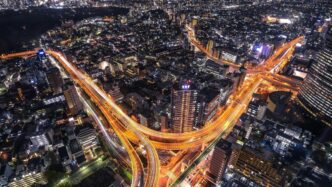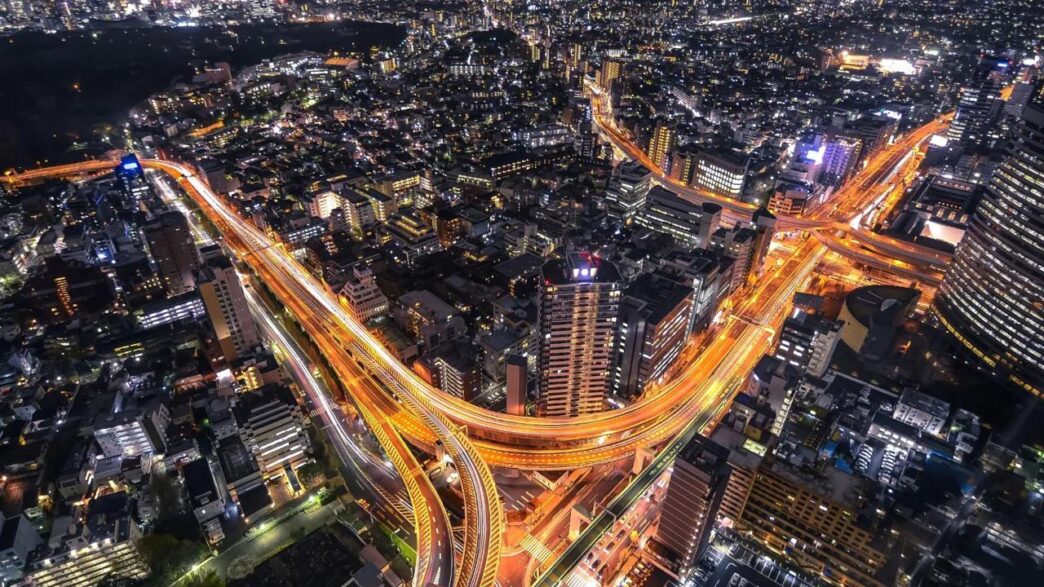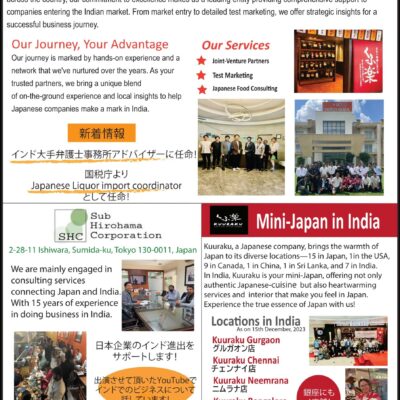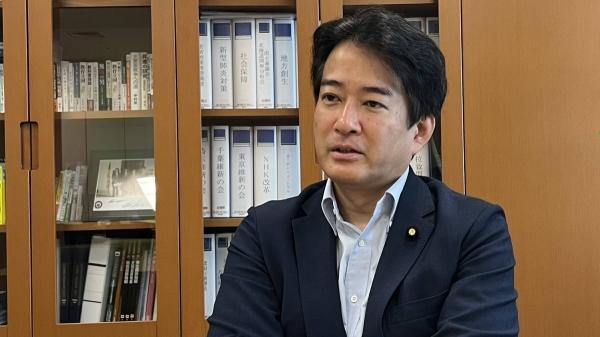Japan is gearing up for a futuristic freight revolution — a 500-kilometre “Autoflow-Road” between Tokyo and Osaka that could replace up to 25,000 trucks per day.
Unveiled by Japan’s Ministry of Land, Infrastructure, Transport and Tourism (MLIT), this innovative project proposes automated conveyor belts and underground tunnels for electric, driverless cargo transport. It’s a bold move to solve two major problems: a critical shortage of truck drivers and rising greenhouse gas emissions.
The idea is to install 24/7 cargo transport systems either in the median strip, along the shoulders of highways, or underground. Estimated at ¥80 billion (€512 million) per 10 km, the system could be up and running within the next 10 years.
Japan’s ageing population and new limits on driver overtime have worsened delivery delays, especially for perishable goods like strawberries and cabbage. A 2023 study by Nomura Research Institute projects a 35% truck driver shortage by 2030, with rural regions hit hardest.
With over 90% of Japan’s cargo moved by road, this automated road could be a game-changer. It draws inspiration from conveyor belts used in mining and offers a greener, more efficient solution to freight transport, a sector that accounts for over 7% of global CO₂ emissions.
As Japan races to meet its 2030 emissions targets, the Autoflow-Road is more than just a transport project — it’s a vision for a sustainable logistics future.
FAQs:
Q1: How much cargo can the Autoflow-Road carry?
A: It can transport the equivalent of 25,000 truckloads per day, helping drastically reduce road traffic and carbon emissions.
Q2: When will Japan’s conveyor belt road be operational?
A: The project could be completed within a decade, depending on funding, environmental clearances, and infrastructure integration.

















